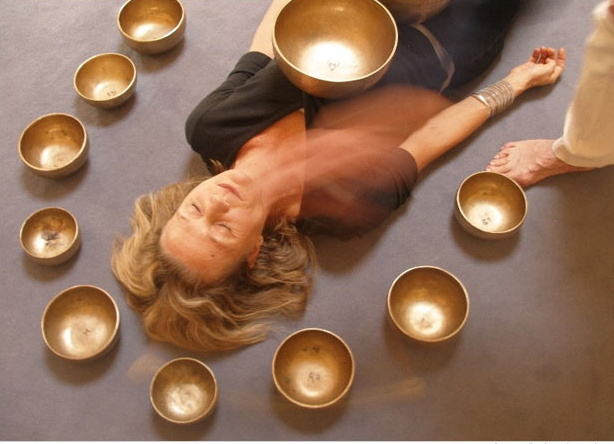Possessing an almost ethereal quality, the harmonious melody from the bowls and gongs resonate throughout the entire room. This symphony of sounds blends together in a rhythmic compilation, contributing to a collective inner calm. When the session adjourns, the class rises and floats out of the room as what appears to be a single peaceful entity. Many describe similar sound therapy sessions as deeply soothing and purifying experiences. However, is this ancient, time-tested ritual simply a hoax in this day and age, or are the effects truly “transformational”?
The potency of various forms of alternative medicine, such as homeopathy and acupuncture, has been a matter of debate for centuries. Despite this continuing debate, there has been universal interest in exploring the influence of sound on the mind. Over the years, multiple studies have found a positive correlation between exposure to certain types of music and increased memory retention and learning. These results have opened up a discussion as to how to best integrate music and sound into our daily lives to improve our overall well-being.
Sound therapy, a branch of alternative medicine, is a simple treatment that involves the patient listening to and engaging with different tunes and sounds played by a trained professional. The sounds used in each treatment session are intended to relax both the mind and body, thereby emphasizing the connection between mental and physical health. Treatment administrators typically use a collection of different instruments, such as tuning forks and drums, to produce varying calming tones. However, no sound therapy session is complete without the use of the popular and iconic Tibetan singing bowls.
Image Source: Kimberley Coole
Proponents of sound therapy believe that multiple sessions can treat anxiety, depression, pain, stress, and sleep abnormalities. Like in meditation sessions, people who come in for a treatment session recline on a comfortable surface such as a yoga mat for an hour. Sound therapy professionals can offer individual or group sessions depending on the patient’s needs and preferences. In an individual session, the administrator places the Tibetan singing bowls near the patient to maximize his or her engagement with the surrounding sounds. The number of bowls used ranges from roughly ten to forty, each tuned to emit a different frequency. Bowls of these different frequencies emit sounds that are used to target what are referred to as chakras, spiritual energy points throughout the body.
In the United States, services known as “sound baths” have emerged throughout the country that provide professional sound therapy sessions. These establishments emphasize the importance of maintaining mental health through the time-tested practices of sound mixing. Moving further into the 21st century, a greater understanding of the effects of sound on the body may contribute to advances in the field of integrative medicine.
Featured Image Source: Urban Wired










